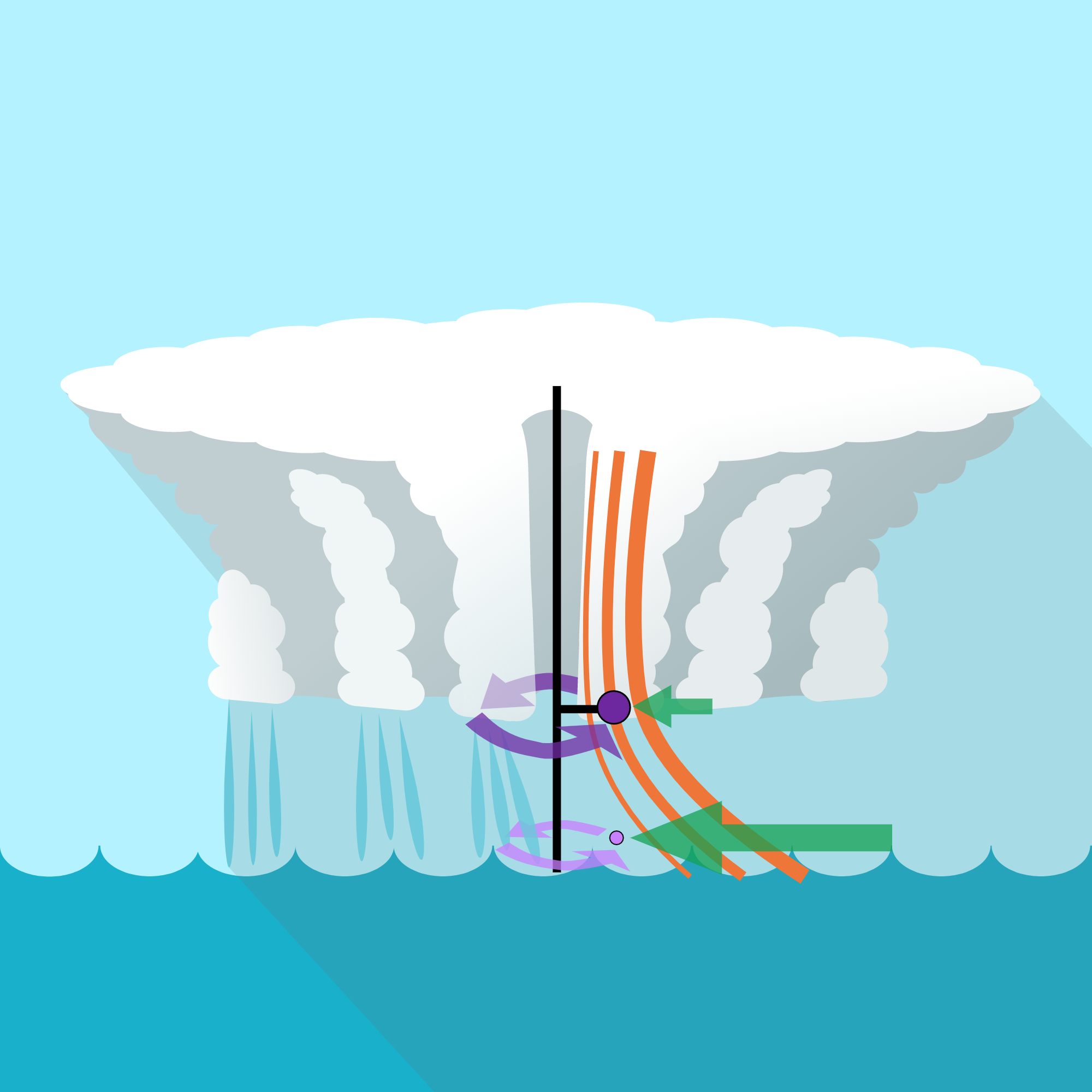How does CD influence TC intensification?
Group Members: Eleanor Casas , Michael M. Bell
We developed a new, simplified conceptual model that relates TC boundary layer structural quantities---the maximum tangential wind, its radius, its height, its underlying vertical gradient, and its underlying drag coefficient---to the TC’s potential for further intensification. In addition, the new conceptual model is also able to be inverted and be used to retrieve values of interest, namely the drag coefficient under the maximum tangential wind.

